Because Why The #!@K 3.3v when you can 5v! Am I right?
I built my own radio control Tx and Rx for a quadcopter. I used nRF24L01+ transceiver modules and a 5v Arduino Pro Mini, but ultimately switch over to an HC-12. See details beneath the comparison below.
HC-12 SI4463 VS nRF24L01+
| HC-12 SI4463 get one | nRF24L01+ LA PNA | |
|---|---|---|
| Range / Rate | ~1000m @ 9600 Baud Trying to get this data rate with IPEX to SMA + SMA Antenna ~100m @ 9600 Baud I was able to get reliable data tx with Helical Antenna |
>1000m @ 250kbs Didn’t try, as the closer ranges weren’t reliable ~100m @ 2mbps I was never able to achieve these rates with any sort of good reliability. Interference and data loss over 75m was too great |
| Frequency | 433mhz No real perceivable interference on default channel during testing. Possibly a less crowded band? |
2.4ghz Cons possibly that soft tissue blocks signal more so than lower frequencies, more interference on 2.4ghc from WIFI routers etc. |
| Ease of Wiring /Powering |
A straight row of header pins, and the ability to power with 5v and 5v gpio pins make this an super easy package to use, requiring no other real equippment |
A double row of 4 header pins(4×2), and the inability to power with 5v make this pain in the @$$ to work with.
Requiring additional voltage regulation and wiring. |
| Ease of Programming /Resources |
Not as many coding resources, but just as easy to use as the nRF24L01+ | Tons of published articles, and Arduino example code, including specific code for DIY R/C Radios make these transcievers easy to interact with. |
| Cost for 2 or 3 |
~$16.00 | ~$11.99 + addl. cost of 3.3v regulators, capacitors, and wiring. |
| Buy From Amazon Buy From Banggood |
Buy From Amazon Buy From Banggood |
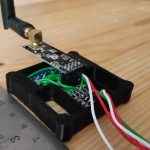
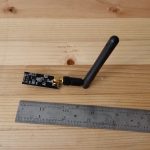

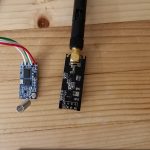

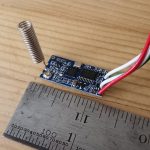
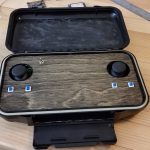
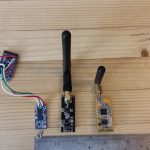
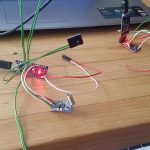
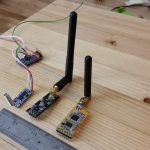
What I learned was that the 4×2 pin header arrangement made the boards annoying to work with, requiring some wiring harnesses or bulky break out adapter. Variable performance without a very well regulated 3.3v power supply, meant I couldn’t get quality performance with a direct connection to a an Arduino Pro Mini. That meant powering the nRF24L01+ with 3.3 volts via an additional AMS1117 3.3v regulator, and some capacitors.
When wired and powered properly, the modules were easy to use. Programming and a plethora of examples and information made it fairly easy to get reliable data transmission to about 100m. While 100m is fine for most applications, I wanted better range, with greater data integrity, perhaps less interference from 2.4ghz Wifi systems, and possibly a better circuit board layout/package.
In hindsight, what I really wanted to use was the HC-12(SI4463) 433mhz transceiver. The HC-12 operates on 5 volts, allowing it to be easily powered from a quadcopter power distribution board 5v supply. It has a single row of pins making it easier to wire, without additional crap. The footprint of the HC-12 circuit board is more compact than the nRF24 modules, and the stock helical antenna of the HC-12 performed as well as the max stable range I could get on the nRF24 with an SMA antenna. Perhaps it was transceiver configuration, power supply, or even the less crowded 433mhz band. Regardless of the actual cause, the results with the HC-12 transceivers were more inspiring, and the modules easier to work with.
Widely available libraries and resources, make the HC-12 easy to interact with, and allowed me to focus more effort toward coding what I want, and less on tinkering with how to interface with hardware.
The HC-12 modules also have an IPEX mount to easily replace the helical antenna, by adding either an IPEX antenna, or an IPEX to SMA adapter and an SMA antenna designed for the 433mhz bandwidth.
Buy HC-12 modules, in my not so humble opinion they are better than the NRF24. However, if you are looking at something supported by somebody passionate about DIY R/C Radios, check out TheDIYGuy999. He builds and publishes info and code for NRF24 radio R/C hardware and software. You’ll need to Buy NRF24 modules
10/24/18 Update
I’m finally going to have a little bit of free time to work on some code issues. The range is great, but I’m losing way too much data. The code is using a sum check to ensure data integrity. I’ll continue to re-publish as things get patched and updated.
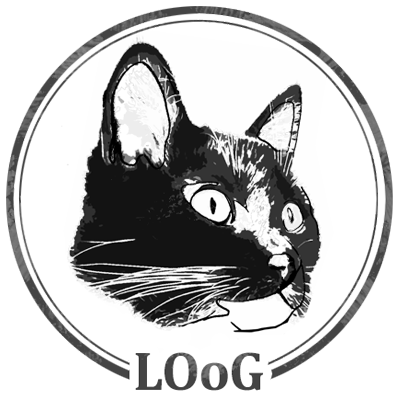
[…] I’ve decided to scrap the NRF24 wireless transceivers for 433mhz HC-12 (SI4463) wireless transceivers. I have a few good reasons which are beyond the scope of my hexacopter post, and because most people will use a commercial transmitter and receiver. If you are interested in why I have done this, check out this post: HC-12 RC Transceiver. […]